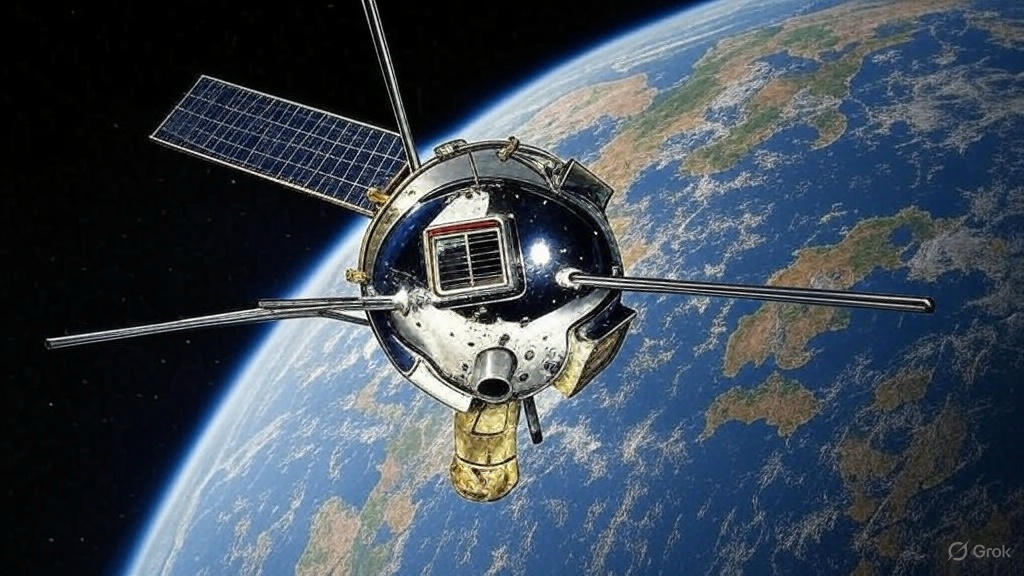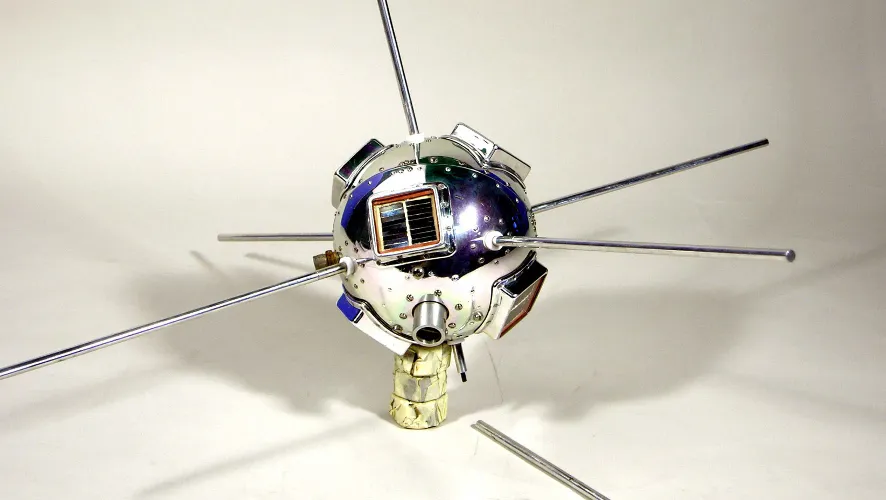An incredible story is unfolding in the world of space technology: scientists want to return Vanguard 1 – the oldest artificial object in orbit, launched back in 1958 – to Earth. This spherical satellite, the size of a grapefruit, has survived decades in outer space. However, it could become a “time capsule” for studying the early stages of astronautics.

Space veteran
Vanguard 1 was created by the U.S. Naval Research Laboratory as an experiment to test launch vehicles and the effects of the space environment. Unlike other satellites of the 1950s (which burned up quickly in the atmosphere), it still orbits the Earth thanks to its highly elliptical orbit. Its batteries ran out back in 1964, but as a technical artifact it remains priceless.
Jewelry operation
The idea for the return of Vanguard-1 comes from engineers at Booz Allen Hamilton. They propose to first explore the satellite with a specialized spacecraft and then to put it into a lower orbit for capture. One scenario involves using SpaceX or even ISS technology. For example, NASA has already returned satellites using the Space Shuttle in 1984. But Vanguard-1 is an order of magnitude older and more fragile, so the operation will require jewel-like precision.

If the mission is successful, science will gain unique data:
- How meteorites and space debris affect equipment over decades;
- Whether the satellite’s internal contents survived radiation and temperature fluctuations;
- Opportunity to practice technologies for future missions (garbage collection, repair of vehicles in orbit).
In addition, Vanguard-1 could become a Smithsonian Institution exhibit symbolizing the beginning of the space age.
Challenges and prospects
The main obstacles are financing and technical risks. The authors of the proposal hope to attract private investors-enthusiasts or government grants. They believe the success of the mission will pave the way for new technologies that will make space more accessible.
The story of Vanguard-1 is a reminder: even a tiny satellite can become a legend. Now that it has circled our planet millions of times, its new mission is to return home to tell humanity about its 67 years in space.
Earlier we reported on how the first American satellite helped create NASA.
According to Space


